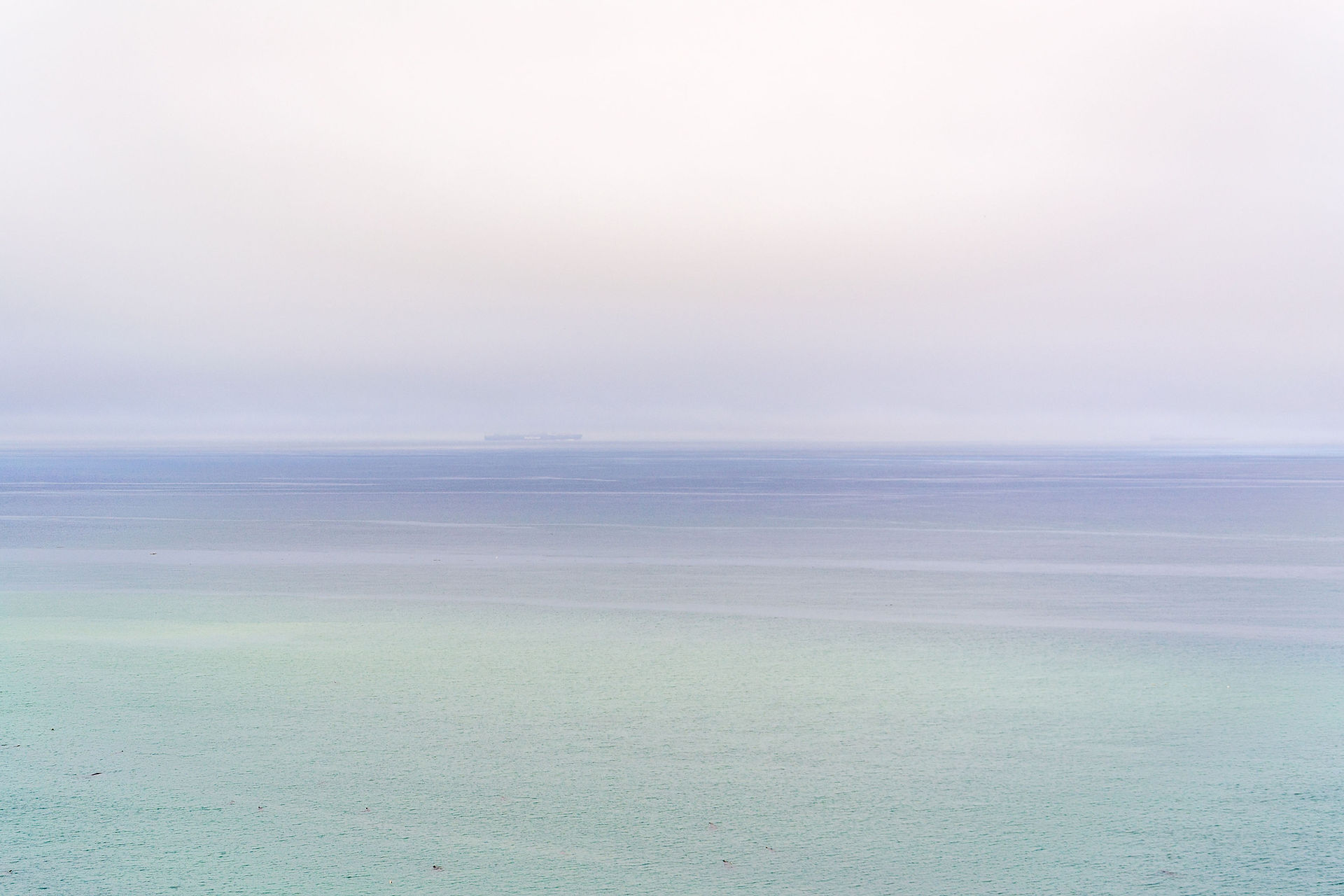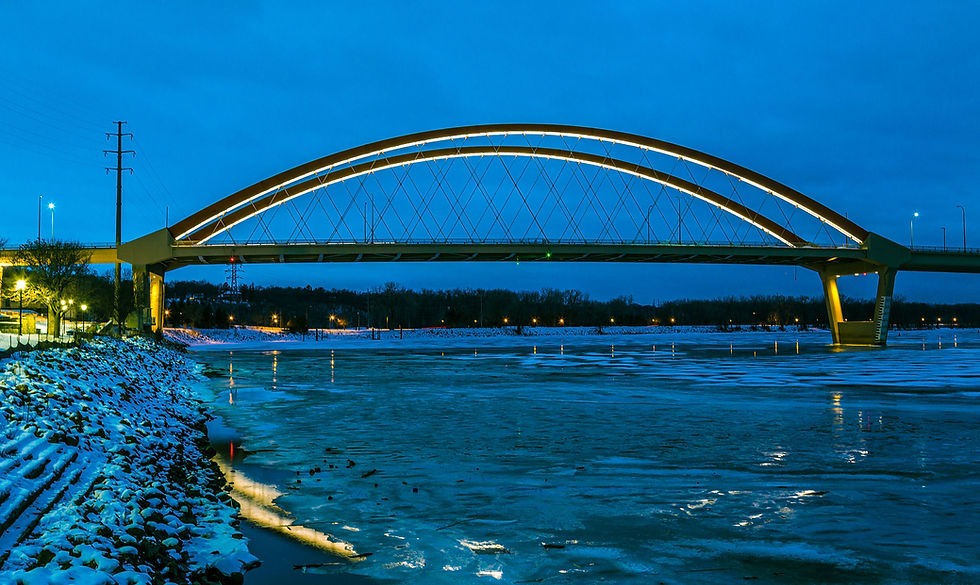Urban Trailblazer
- Brooks McKinney, APR

- Jan 7, 2019
- 4 min read
Updated: Jun 4
Landscape architect Carol Adams entices cyclists and pedestrians to explore Boulder, Colo. with creative, visually-engaging urban trails.
As an anthropology major at Colorado College in the late 1970s, Carol Adams spent many weekends backpacking and bicycling with classmates in the foothills of Colorado’s Front Range. Those multi-day treks validated her love of nature and passion for physical adventure. But they also awakened in her a more fundamental sense about how people live and move through their physical environments. She began to realize that people are more likely to follow pathways that are both engaging – visually and aesthetically – and beautiful.

Today, as a registered landscape architect in Boulder, Colorado , Adams applies those lessons daily to her work designing safe, inviting urban transportation corridors for the city’s pedestrians, cyclists, and motorists.

“City engineers do the civil and structural engineering on projects that I help design; my job is to make them beautiful, comfortable and welcoming,” explains Adams, a graduate of the University of Colorado, Denver’s Master of Landscape Architecture (MLA) program and the mother of two grown daughters.
“Every project is an opportunity to integrate public art and functionality with an invitation to explore Boulder by bike or on foot.”
Discovering the Great Outside
Adams, one of six kids, didn’t always want to be a landscape architect. And her early memories of transit had little to do with making cities work better. They revolved instead around her family’s frequent moves around the U.S. to allow her father, a developer of single-family housing subdivisions, to pursue new opportunities.
She got an early glimpse at landscape architecture in college when she took a class in environmental design. But it wasn’t until several years after graduation that Adams experienced her seminal career “Aha!” moment.
During a backpacking trip in Europe, she ended up one night at a youth hostel in Paris, France. Over dinner with several architecture students, Adams realized how ill-prepared she was to discuss architectural features of local buildings.

Though short on architectural factoids, Adams realized that evening how “fascinated” she was by “everything outside the buildings” – the tapestry of plazas, public squares, gardens and grand boulevards that paint the visual story of a city. That moment became the spark that would lead her to becoming a landscape architect. In 1986, she graduated from the University of Colorado/Denver’s three-year MLA program.
A Studio of Her Own
Over the next 18 years, Adams honed her skills and her reputation as an expert in transportation infrastructure, first as an employee of the Design Workshop, an international, Aspen, Colo.-based landscape design firm, and later as partner in a boutique landscape architecture firm. Since 2004, she has been the sole owner of Studio Terra, a landscape architecture, planning and urban design studio in Boulder.

Studio Terra focuses on sustainable design, including water conservation, creative use of materials, and low-maintenance landscapes. Its portfolio includes parks, playgrounds, streetscapes, road and transit corridors, pedestrian and bicycle improvements, as well as commercial, industrial, mixed-use and residential projects.
Keeping It Simple
True to her interests in transportation and anthropology, Adams has designed what may be Boulder’s shortest commute. After making coffee in the morning and walking her dog – Suzy, a rescue silky terrier – Adams takes one flight of stairs from her kitchen up to her studio on the second floor of her remodeled home. There she spends her days designing, teleconferencing with clients, and visualizing a more environmentally-enlightened Boulder.
“Anthropology is an amazing background for design professionals because it teaches you how people live and move in their environment," said Adams. “In a way, I feel that I’m a practicing anthropologist in my own culture.”
She enjoys competing against firms of all sizes, particularly on Boulder-based projects that require knowledge of the local building codes and government officials.

“Personally, I like doing it all,” she said. “I like getting the work, having the big ideas, taking a project all the way through its CAD drawings and then going out and watching it get built. I love the everyday challenge of the big concept and the little details.”
Partner to Progress
In recent years, Adams’ design work has focused on what she calls “teeing up” the redevelopment of industrial space in Boulder, specifically a 160-acre area east of downtown called Boulder Junction. The city plans to convert that space into more densely populated, walkable, mixed-use neighborhoods.
Adams was a key designer of Boulder Junction’s Pearl Parkway Multi-Way Boulevard, an innovative street design that combines travel lanes for through traffic with separate but adjacent local-access lanes for pedestrians, bicycles and residential living. She also designed a multi-use path for a Pearl Parkway segment that runs east from the multi-way boulevard.

Trusting the Big Idea
For inspiration, Adams draws daily on lessons she learned working at the Design Workshop from two of its partners, Joe Porter and Richard Shaw. “Both of them were always in search of excellence,” she said. “That ingrained in me the same search for excellence.”
It also helped define her driving philosophy.
“The big idea is always critical,” she said. “It’s important to step back from a project and look at the bigger picture. There are many ways to approach a problem. By stepping back, you often discover a much better way to accomplish and solve that problem.”
Facing Climate Change
As she reflects on the future of Boulder’s transportation infrastructure challenges, Adams is both realistic … and cautiously optimistic.
“Reports keep coming in on climate change,” she said. “There is going to be a tipping point where all of our small, incremental social engineering projects are going to force us to start thinking in a much different way. And while that is terrifying, it’s also very exciting. At some point, we’re going to be in a position to make some really big decisions. I want to be at the table when that happens.”
# # #







Comments